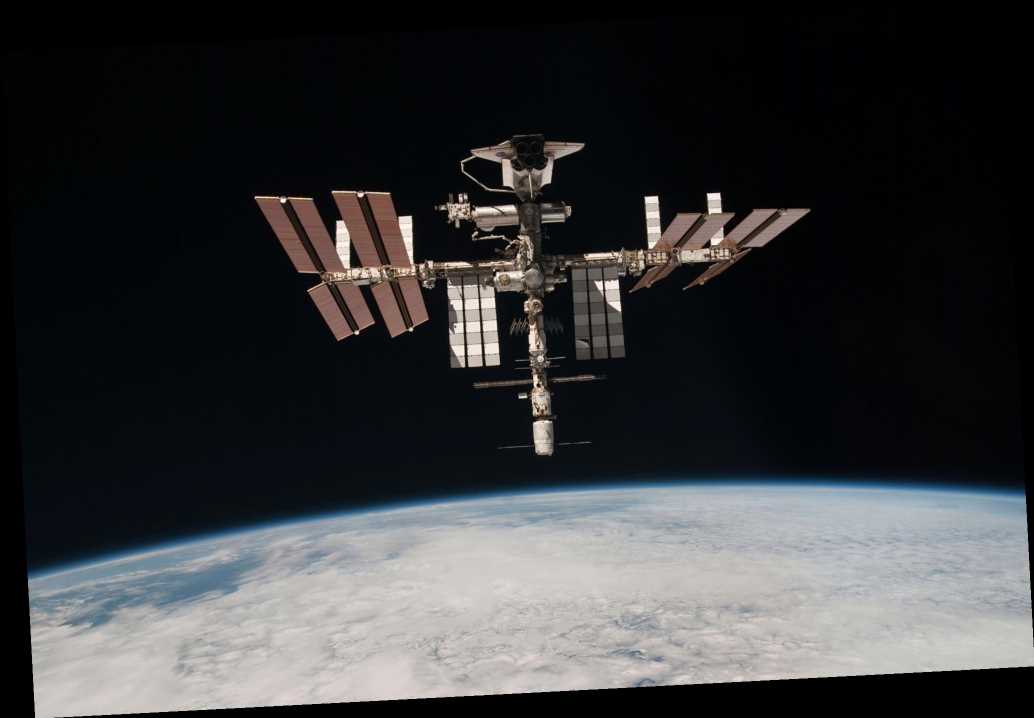When NASA sends astronauts to the International Space Station, they’re always in tip-top shape. That’s a pretty significant requirement since there’s really no way to treat most emergency medical conditions in space. But as healthy as each and every one of the space travelers is, there’s always something that’s bound to pop up when you least expect it.
That was the case with one NASA astronaut who was diagnosed with a blood clot after being in space for two months. With a further four months left in the mission, NASA doctors struggled with how to deal with the unfortunate discovery. Thankfully, doctors back on Earth were more than willing to help.
With little time to consider the options, NASA called upon the expertise of Stephan Moll, MD, of the UNC School of Medicine. Moll is an expert in the treatment of blood clots and, since no NASA astronaut had ever been diagnosed with a blood clot while in space before, NASA desperately wanted his input.
The biggest decision was whether or not to start the astronaut on a regimen of blood thinners to reduce the risk of the clot growing larger or perhaps breaking off. If the clot broke free and began to travel through the astronaut’s circulatory system, it could end up in the lungs, creating what is called a pulmonary embolism, which can be deadly.
However, the risks of using a blood thinner on the astronaut included an increased chance of bleeding, which also isn’t ideal when you’re nowhere near a hospital. Ultimately, Moll and NASA decided that the astronaut, who isn’t named in the report, should begin taking blood thinners.
The astronaut continued to take the blood thinners until just before their mission came to an end, stopping the treatment four days prior to the return trip to Earth, in order to ensure the added stress on the body wouldn’t cause problems with the medication.
Source: Read Full Article
